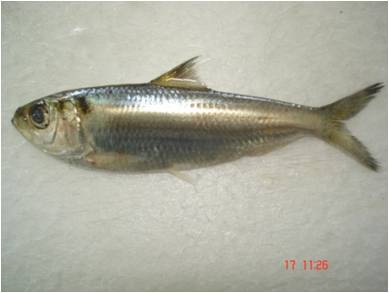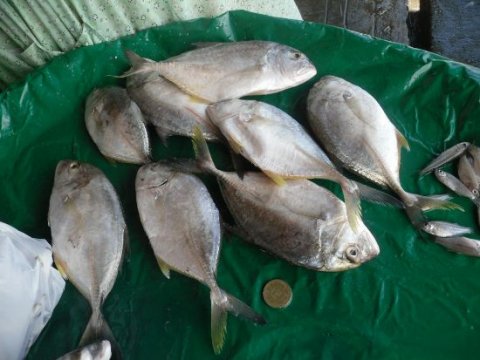The Department of Health (DOH) has warned the public not to buy and eat fishes from Taal Lake or near Batangas province.

In a press briefing, DOH Assistant Secretary Ma. Francia Laxamana said consumers should no longer buy fish in the lake for safety.
She said the fishes there due to sulfur or any chemicals from the ash Taal Volcano spewed.
If anyone eats fishes of any kind from Taal Lake and Batangas, that person should watch out for the food poison symptoms.
These include abdominal pain, vomiting, and diarrhea.
Laxamana advised, immediately rehydrate and monitor the patient’s situation carefully.
At the Phivolcs’ last notice at 1:00 pm, the Long Range remains at Alert Level 4.
Fishes in Taal Lake
The lake has a freshwater-adapted population of trevally, Caranx ignobilis. This fish, also found in Pansipit River, is locally called maliputo. Its most popular endemic species is the overharvested Sardinella tawilis, a freshwater sardine. The two other endemic fish species in Taal Lake are the gobies Gnatholepis volcanus and Rhinogobius flavoventris.

On January 5, 2008, the Bureau of Fisheries and Aquatic Resources announced that a fish kill at Taal Lake (January 2 to 4) caused the 50 metric tons or ₱3.25-million ($79,268) loss of cultured tilapia in the villages of Leviste and Balakilong in Laurel and Barangays Aya and Quiling in Talisay. Six thousand maliputo fishes ($5,609) also died at Quiling. Toxic sulfur and high level of hydrogen sulfide in Ambulong while low dissolved oxygen caused the deaths.[18]
On May 30, 2011, the Bureau of Fisheries and Aquatic Resources announced a fish kill of 750 metric tons. According to scientists, the onset of the rainy season brought a sudden drop in the water temperature, which lowered the oxygen levels on the lake.
NDRRMC warns public against Taal alert level fake news
The National Disaster Risk Reduction and Management Council (NDRRMC) appealed to the public to stop spreading fake news related to Taal Volcano’s alert level.
Information that the Phivolcs allegedly raised the alert level 5 on the volcano was spread yesterday on Facebook and Messenger. As a result, many evacuees got alarmed and worried.
The only information that should be shared is from reliable sources such as the NDRRMC, Office of the Civil Defense, and Phivolcs.
Netizens also stop sharing news, which is not from official sources.
According to the NDRRMC, fake news can cause confusion and panic, especially for affected residents.
Also read: Taal Volcano Alert Level Signals
